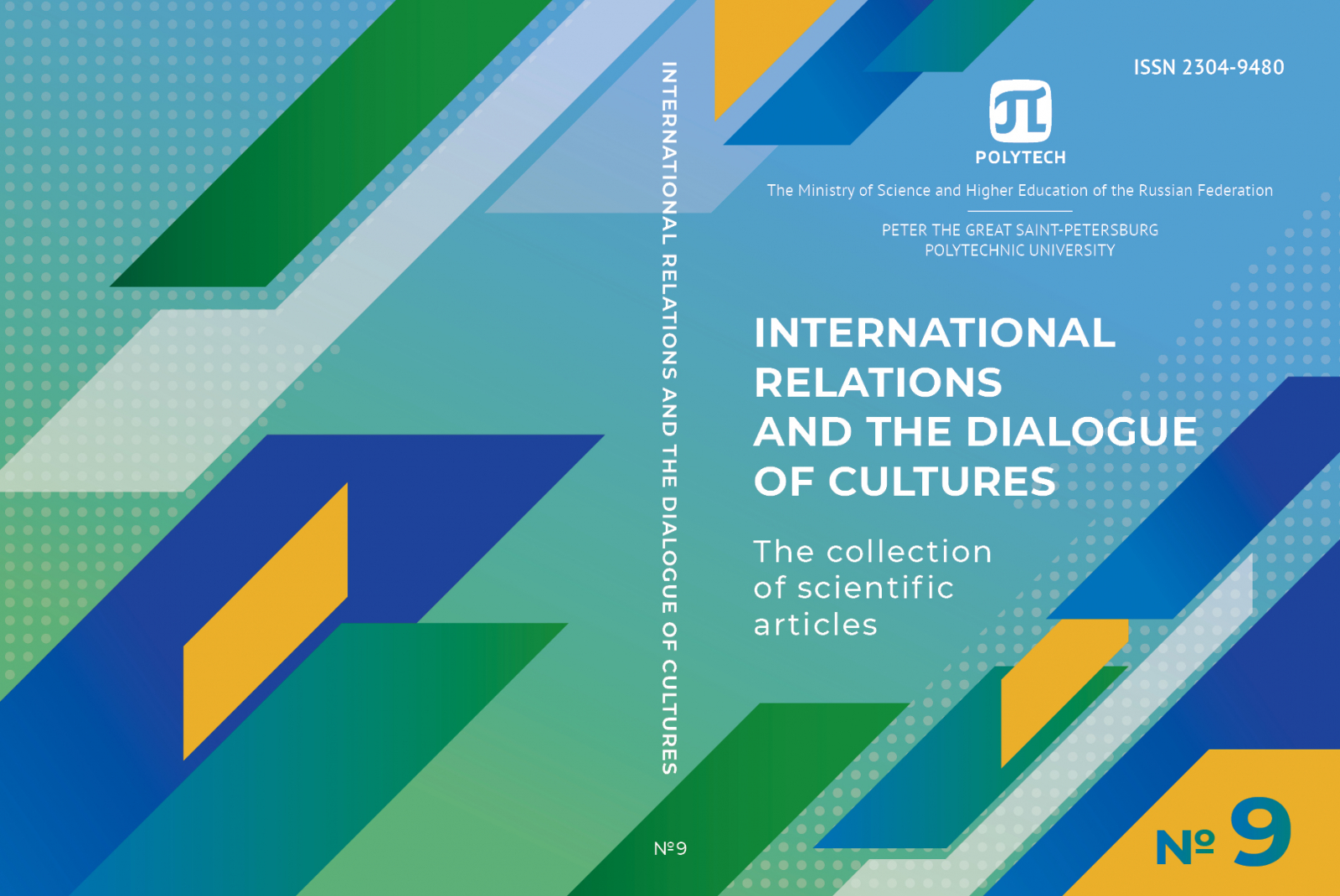PROSPECTS FOR RUSSIAN-ESTONIAN COOPERATION IN PRESERVING THE ETHNIC IDENTITY OF THE SETOS
This article examines cross-border cooperation between Russia and Estonia in preserving the ethnic identity of the indigenous Seto people. Setu (Seto) are a small indigenous people with distinctive cultural traditions living in the Pechora region in the northeast of the Pskov Oblast of Russia and in southeastern Estonia. The reasons for the reduction and imbalance in the number of Setos in two countries at the beginning of the 21st century are analyzed. The article examines the specifics of the public organizations’ activities of Seto representatives in Russia and Estonia, analyzes the effectiveness of measures already taken by the governments to preserve and draw attention to the Seto culture, to ensure cross-border communications between representatives of this people living in the two countries, and assesses the current state of interaction between Russia and Estonia for the purpose of organizing Seto cultural events. The aspects relating to the support of the functioning of museum objects dedicated to the Seto culture are considered. The current state and the number of museums and memorial sites dedicated to the Seto culture and functioning in the territory of the two countries are assessed. Problems are identified, the solution of which at the level of the governments of Russia and Estonia is strategically important for preserving the Seto culture and slowing down their assimilation. Attention is paid to the negative impact of bureaucratization in the execution of documents by representatives of the Setos for crossing the state border that separates the historical area of their settlement. In the conclusion, the most promising areas of interaction between the governments of the two countries are proposed to support and popularize the activity of Setos in the field of culture and tourism, as well as to improve their quality of life; at the same time, a complex interaction of the governments of both Russia and Estonia is proposed. The perspective directions of domestic and cross-border tourism associated with visiting the Seto settlement area are also considered.


